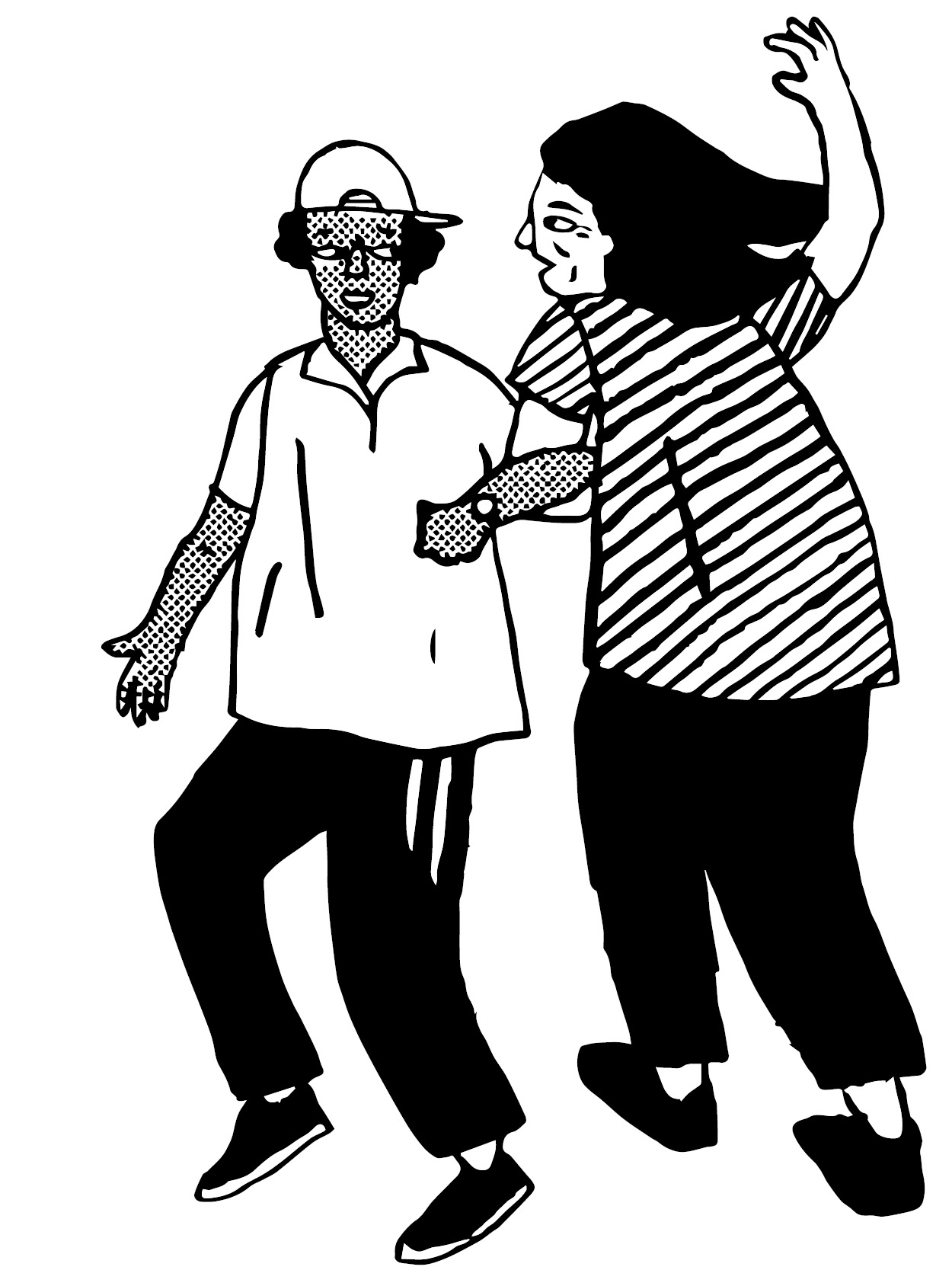Mumming
Mumming
Where
All over England with strong parallel traditions in Scotland, Ireland and Newfoundland.
Context
Mumming plays are a type of drama which was historically performed by local men (rather than professional actors) at specific times of the year such as Boxing Day, Easter, or Halloween. In the 18th and 19th centuries mumming plays were part of a wider number of cadging activities. They were performed on the street, in pubs, and in people’s homes, in return for money, food and drink. In the past, the plays were not performed in the naturalistic manner that we see in theatre or in films today. It is thought that people would have declaimed their lines, speaking the words loudly and clearly, perhaps stepping forward for their part, but making no attempt to be realistic.
The most common type of mumming drama is known as the hero-combat play. This has a hero (often St George) facing an opponent who is killed and then brought back to life. Historically some mumming plays revolved around stories of the legendary hero Robin Hood. Others were rom-coms, in which the lady is wooed by a number of men, but chooses the fool. Alternatively, her love is recruited into the army, and then she goes off with the fool. Modern mumming groups today often make up their own plays which can incorporate references to local and national politics and important issues such as global warming.
Mumming costume
Many historical teams had a special mumming costume which was used by the whole group, sometimes with variations to represent different characters. These costumes were quite diverse; in Lancashire simple sashes were sold alongside toy swords for the play in the local shops. Other costumes had applique words and animals cut out of red and black fabric sewn onto a white shirt. Some costumes look very strange with clothes turned inside out or layers of thick wallpaper or fabric cut into strips and attached to the jackets and legs of the performers. Some teams or characters were even known as Ribboners after this form of disguise. Many teams had elaborate headgear with high hats covered in flowers and rosettes. Sometimes strips of fabric would hang over the face of the performers which would have added an element of disguise – some teams were even known as Guisers. Other teams applied face colouring made from soot and lard, sheep dye, brick dust, or whitewash.
Dressing in Character
Although not performed in a naturalistic manner some historical teams did have naturalistic costumes. The costumes represented the characters; they look like the sort of clothing that the character might actually wear. In some places some characters had their own special costume which became traditional. For example: a white tunic with a red cross for St George; Beelzebub (the devil) having a red face and horns; the Doctor wearing a top hat and frock coat; or the Fool’s parti-coloured clothing (different sections of the clothes in different colours). The women’s roles were usually played by men who would have been dressed as the caricature of women’s attire (see the fool).
Today
Most mumming plays are now performed in a much more engaging naturalistic style. Men and women act and whilst there is still some cross-dressing (often for comic effect) increasingly the female roles are played by women. Some teams replicate the older ribbon-based form of mumming costumes while others include an element of disguise, often through the application of face paint.











